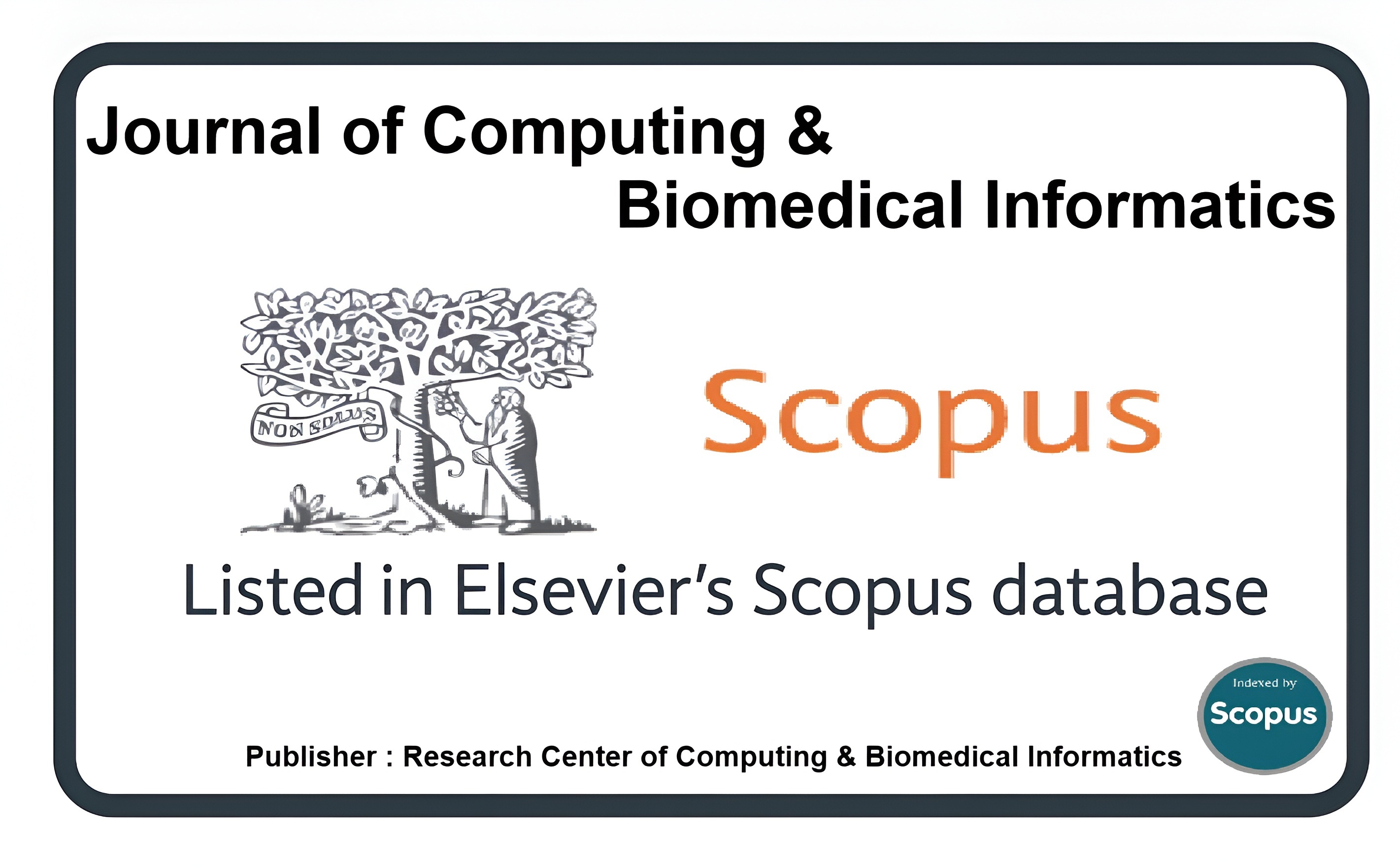Diagnosis of Hepatitis Disease Classification Using Non-Linear Compound Algorithms
Keywords:
Machine Learning, Decision Tree, Classification, Hepatitis Disease DetectionAbstract
The liver is a vibrant organ of our body that cast-off to process nutrients, scrimmage infections, and blood baptism. Inflammation of the liver causes an acute or chronic infection called hepatitis which happens when body tissues are contaminated due to the devouring of ethanol, some medication, and toxin. Detecting disease in its early stages can be difficult, as practitioners often struggle to predict the disease due to its ambiguous symptoms. The primary objective of this study is to develop a model for predicting liver disease in its early stages, which will aid practitioners in accurately diagnosing hepatitis. Different algorithms and techniques are available for data mining to solve data discovery problems and arrangement. The discussed algorithms are supervised learning whose labels are defined, in which classification is the vital method. However, this study focuses on the comparison of Classification and Regression tree (CART) and Java 48 (J48) using a 10-fold cross-validation method with comprehensive medical accuracy and well-informed decisions for disease detection. Amid these algorithms, decision trees are the simplest and easiest algorithms for understanding, decision making due to hierarchal structure in nature. The data set used in this analysis consisted of 155 patients with two classes and performance measures among said models. The comparison and investigation of the results revealed that the J48 algorithm shows improved performance with the highest classification rate and performance measures over CART obtained as an accuracy of 80%, a sensitivity of 88%, and a specificity of 52% to quantify how good and reliable the test is at detecting a positive disease. This article will aid physicians in classifying high-risk patients by making a novel prognosis, fending off and managing the disease by allowing data analysis of different patients by minimizing the need for excessive testing. Consequently, it will improve the patient’s confidentiality by keeping them secure from health ramifications.
Downloads
Published
How to Cite
Issue
Section
License
This is an open Access Article published by Research Center of Computing & Biomedical Informatics (RCBI), Lahore, Pakistan under CCBY 4.0 International License





